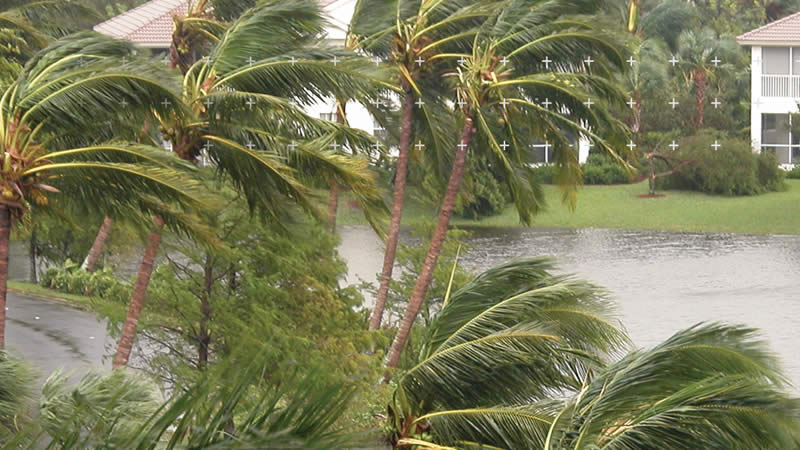The advent of October does not signal a cessation in hurricane threats for the U.S., as two more potentially perilous months of the hurricane season linger on the horizon. Despite an ostensibly serene tropics, the imperative to remain vigilant persists.
Entering the final phase of the hurricane season, October has historically witnessed a decline in tropical activities. However, the risk posed by devastating and life-threatening hurricanes endures.
In the timeframe since 2016, the U.S. has experienced landfalls from six hurricanes during the months of October and November. Notably, Hurricane Michael in October 2018 emerged as a particularly destructive force, making landfall as a category five storm in Florida’s panhandle, unleashing catastrophic wind damage and formidable storm surges. According to the National Oceanic and Atmospheric Administration (NOAA), the storm was directly responsible for 16 fatalities and inflicted damages exceeding $25 billion.
In 2022, Hurricane Nicole, categorized as a level one hurricane, made landfall along Florida’s east coast, underscoring the continuous threat.
Professor of Meteorology at Florida State University, Mark Bourassa, who harbors expertise in storm physics, emphasized the enduring activeness of October in the historical context of hurricane occurrences throughout the season.
Bourassa spotlighted the western Caribbean and Gulf of Mexico as potential incubation zones for major hurricanes, attributing this in substantial part to exceedingly warm waters. This year, the western Caribbean’s waters have registered their highest temperatures on record.
“Hurricanes derive their energy from the upper ocean, and thus, elevated temperatures facilitate more energy for these storms to amplify into mightier tempests,” Bourassa explained.
While Florida and the Gulf Coast states are predominantly at risk concerning landfalling tropical systems in October, the eastern seaboard does not escape the wrath of catastrophic storms. This was glaringly illustrated by Superstorm Sandy in October 2012, which wreaked significant havoc in the mid-Atlantic and northeastern regions, resulting in damages totaling over $85 billion, according to NOAA.
Remnants of such devastating storms still linger as grim reminders in affected regions. As for what might unfold this October?
Bourassa offers a cautious perspective: “Landfalls and hurricanes can occur quite comprehensively at virtually any time of year. Maintaining awareness of oceanic activities is crucial. While some periods of the year witness rarer occurrences than others, destructive storms like Hurricane Andrew can emerge at unusual times and inflict devastation, particularly when making landfall in especially vulnerable locations.”


